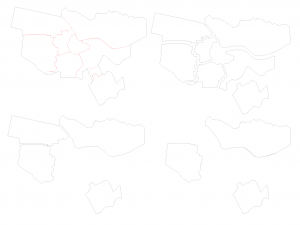Beer update!
So, three more weeks have passed, but what is up with the rainproof beer? We have done quite a lot for the beer.
In the first week, we started brewing a new beer, a weizenbier, we were brewing it in the HvA studio, so we got some attention. The minor entrepeneurship noticed us and wrote an article in their startup magazine about us.
The second batch was yeasting in our locker for two weeks, and is now ready to be bottled!
The day after the brewing, we were invited to join the knowledge mile dinner at The Pool, where we were invited to speak on the stage about our project and the beer. The Knowledge mile is an initiative of several public and private parties to make the wibautstraat and weesperstraat the most innovative and smartest street in Amsterdam. The knowledge mile also wants to be green, therefore they invited us to tell something.
In the same week, we also got in contact with a local brewery, who were interested in testing brewing with larger quantities of rainwater. We only need a place to catch the rainwater. This place will be the volkshotel, where we will install a simple installation that catches the rainwater that falls on the flat roof.
Alright, so the only thing is, is rainwater safe for consumption? We tested the pH in HvA’s chemistry lab, which was 7, that means that it is ok. Another thing is organic contamination, we got advice from the biology lab, who said that boiling the water for at least 10 minutes will remove all organic contamination. Besides that, we got information from hemel(s)water, who did research on chemical contamination of rainwater, this report stated that it was safe for consumption. However, if we want to commercially sell the beer, there will be more research needed.



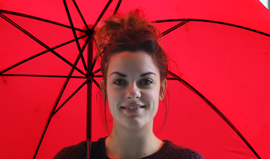


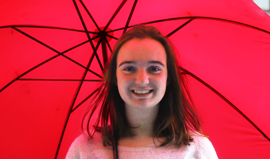
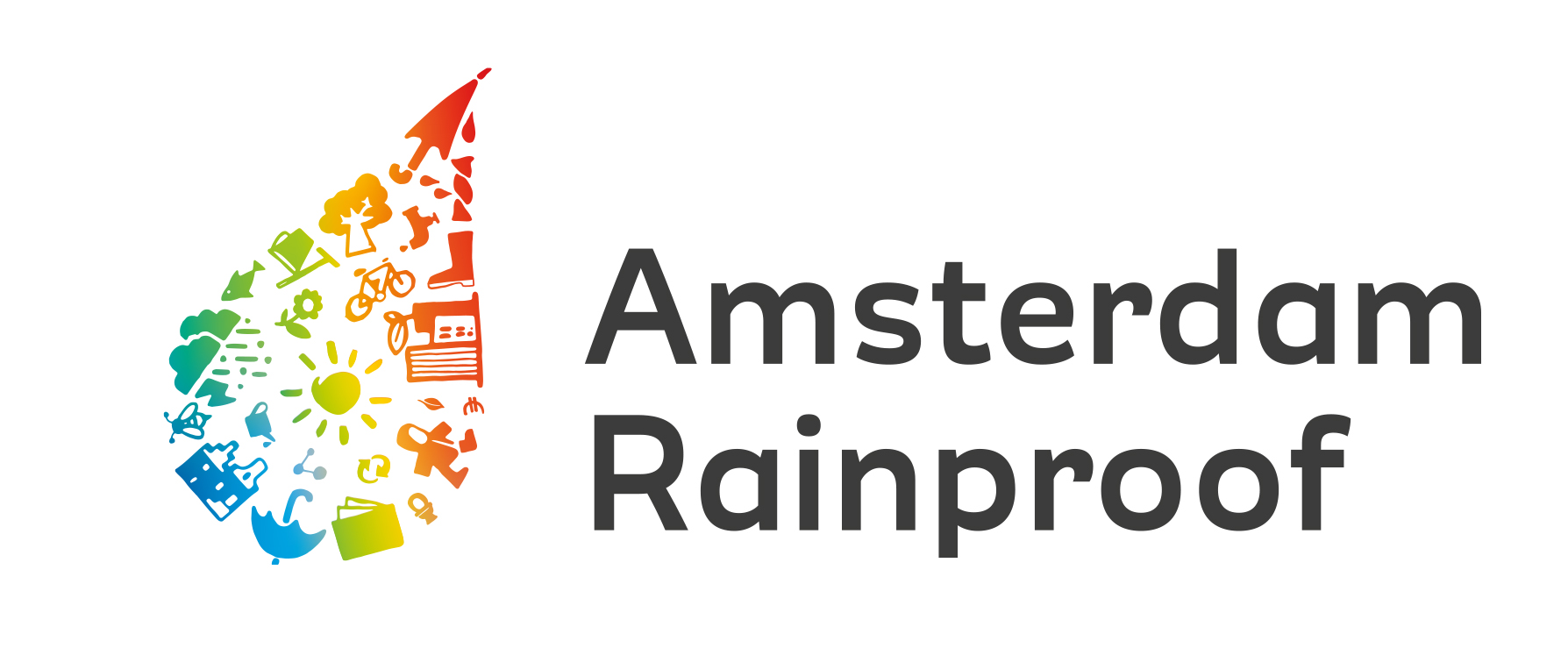
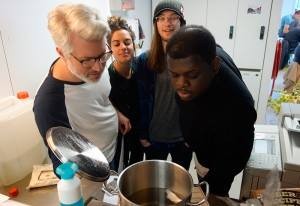
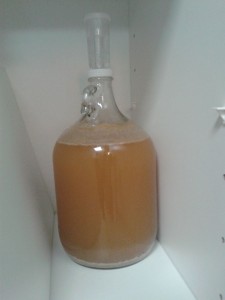
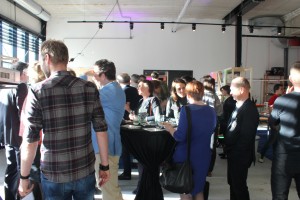
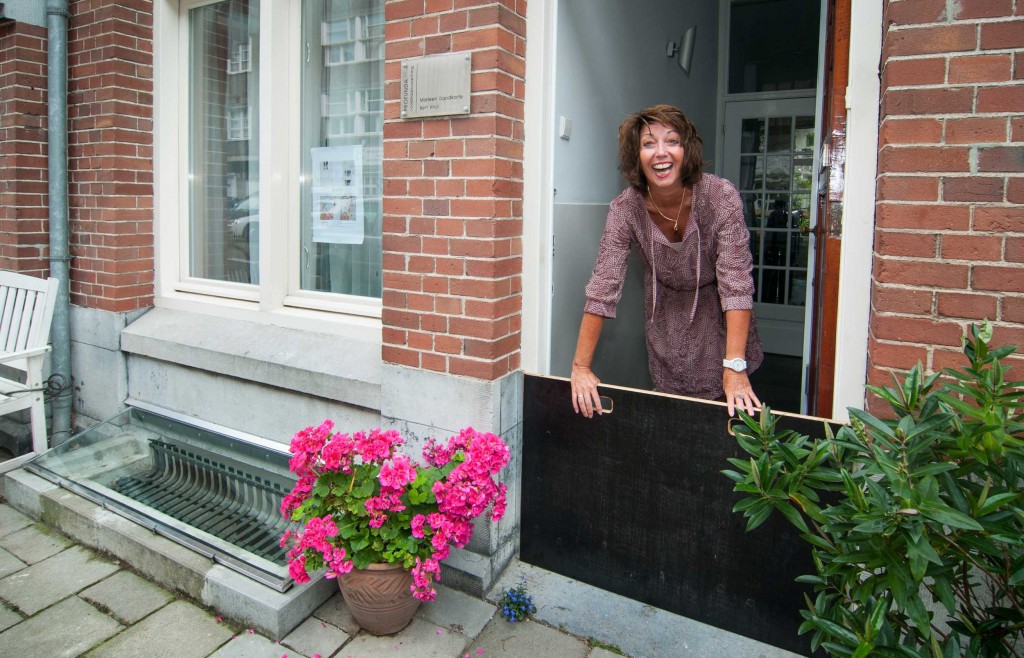
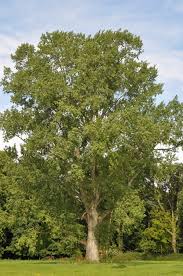
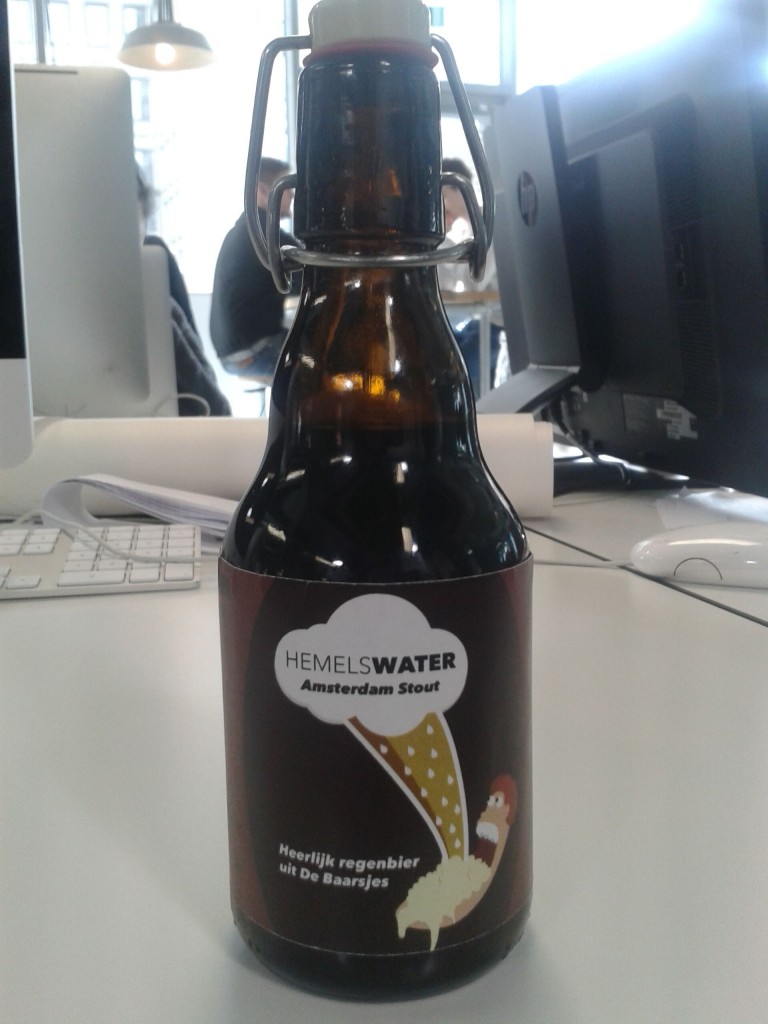

 A user storyboard for New Lake
A user storyboard for New Lake